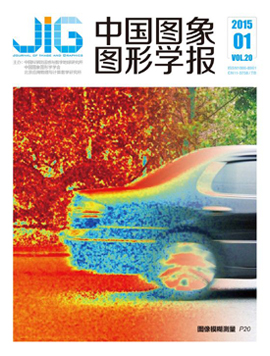
构造性核覆盖算法在图像识别中的应用
摘 要
构造性神经网络的主要特点是:在对给定的具体数据的处理过程中,能同时给出网络的结构和参数;支持向量机就是先通过引入核函数的非线性变换,然后在这个核空间中求取最优线性分类面,其所求得的分类函数,形式上类似于一个神经网络,而构造性核覆盖算法(简称为CKCA)则是一种将神经网络中的构造性学习方法(如覆盖算法)与支持向量机(SVM)中的核函数法相结合的方法。CKCA方法具有运算量小、构造性强、直观等特点,适于处理大规模分类问题和图像识别问题。为验证CKCA算法的应用效果,利用图像质量不高的车牌字符进行了识别实验,并取得了较好的结果。
关键词
A Constructive Kernel Covering Algorithm and Applying It to Image Recognition
() Abstract
The main character of constructive neural networks is to build a network step by step during processing a given data set, during the process the construction and parameters are discovered by learning and are not presented before learning. Introducing kernel functions to non-linear transform, a support vector machine(SVM) transforms an input space into a high dimensional kernel space, then seeks the best linear classified plane in this new space. The classified function is similar to a neural network formally. A constructive kernel covering algorithm(CKCA) combines constructive learning methods of neural networks such as a covering algorithm with kernel function methods of SVM. Firstly CKCA maps the input data set into a kernel space, and then classifies the data set by using a covering algorithm in this kernel space. The CKCA method has the characteristic of low computation strong const. ructive ability and visibility there fore, it is suitable to solve the problems such as a vase high dimensional data set classification and image recognition. In this paper, CKCA is used to recognize characters of car plate which are sloped or fuzzy, and the result is satisfactory.
Keywords
|



 中国图象图形学报 │ 京ICP备05080539号-4 │ 本系统由
中国图象图形学报 │ 京ICP备05080539号-4 │ 本系统由